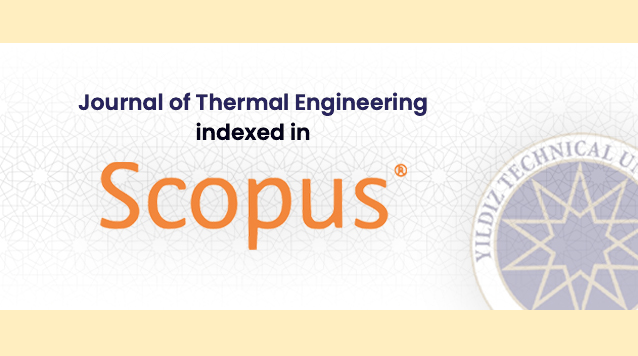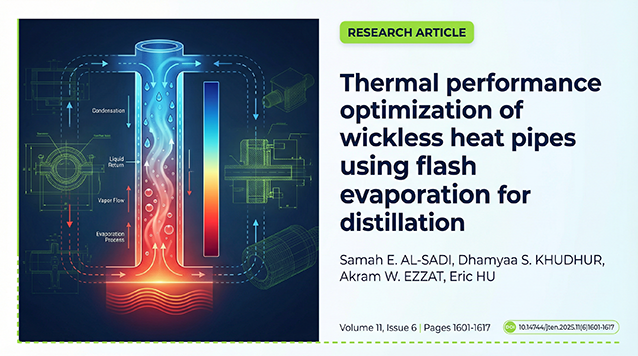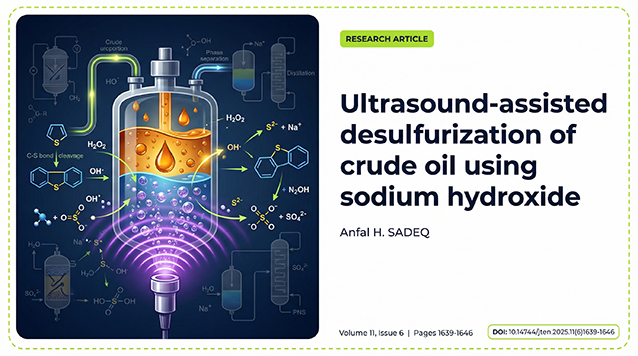Abstract
This work presents the drying process of apricots and apples which have been considered for drying in a solar-assisted forced convection tray dryer. The logarithmic model has been used to describe the drying behavior of apples and apricots at different air temperatures (50 °C to 80 °C) and at different air velocities (0.5 m/s to 2 m/s) based on experimental data from several studies.
The slice thickness of apples has been assumed at 10 mm with initial moisture content 87 % d. b; the main diameter of apricots was 40 mm with initial moisture content 80 % d. b. The changes in moisture content with drying time during the drying period have been presented indicating the absence of the constant rate period.
In addition, drying air flow rates and temperatures had an important effect on the drying time and on the moisture removal from apricots and apples. Finally, the effective moisture diffusivity values have been estimated from Fick’s diffusion model pointing out that it has been increased with the increase of the drying air temperature.


















